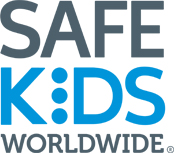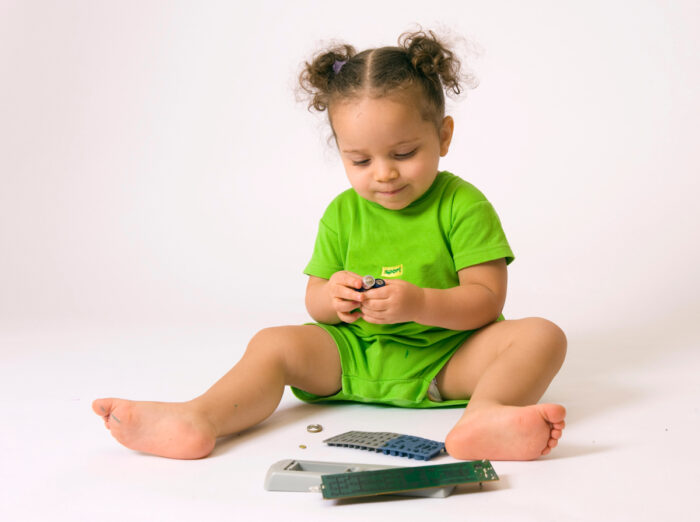Toy
Safety
Overall, toys are safe and fun for children, however becoming more aware of the possible dangers and being active to prevent them can save a child from injury and even death.
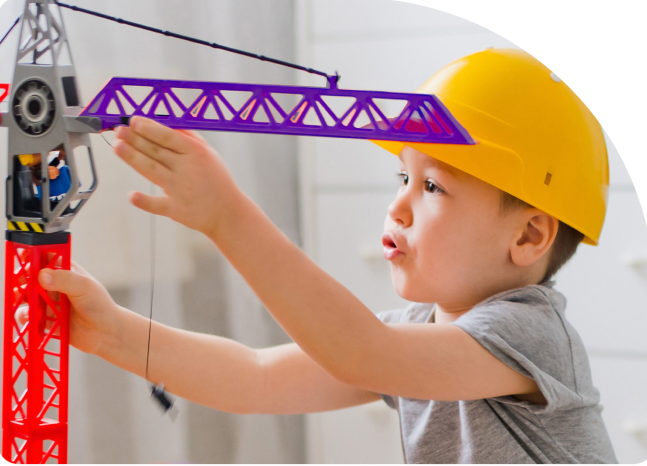
Always look for age labels to make sure a toy is right for your child’s developmental skills and abilities.
The Facts
In 2022 the Consumer Product Safety Commission (CPSC) reported almost 210,500 toy-related injuries treated in emergency rooms across the United States. About 76% of those injuries were sustained by children 14 and under.
When it comes to toys, injuries can occur when:
- Toys don’t meet standards
- Children get access to a toy not meant for a child their age
- Children use a toy in a way that wasn’t intended
- Counterfeit toys are purchased
- Toys violate our children’s privacy
To keep kids safe, parents should:
- Be aware of age labels
- Read warning labels
- Use caution when buying online
- Keep button batteries away from children
- Avoid toys with high powered magnets
- Do not purchase water beads
- Consider privacy issues when using web-connected toys
When you buy or your child receives a gift, remember to ask yourself:
- Does the toy have parts that can easily break off that a child could place in their mouth or could create a sharp point?
- Do the toys have an age label?
- If it is electric, is it UL-approved?
- Is the battery compartment secure?
Safety Tips
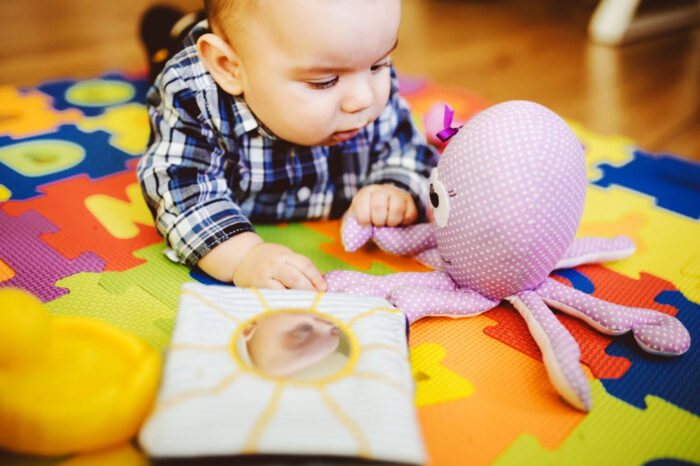
Choose Age-Appropriate Toys
An easy way to protect your children is to pay attention to age labels on toys. Age labels are not about how smart your child is, they are based on the developmental skills and abilities of children at a given age and the specific features of the toy. If you have children of various ages, make sure children only have access to the toys marked for their age. Many toys are perfectly safe for the age they are designed for, but are dangerous for younger kids.
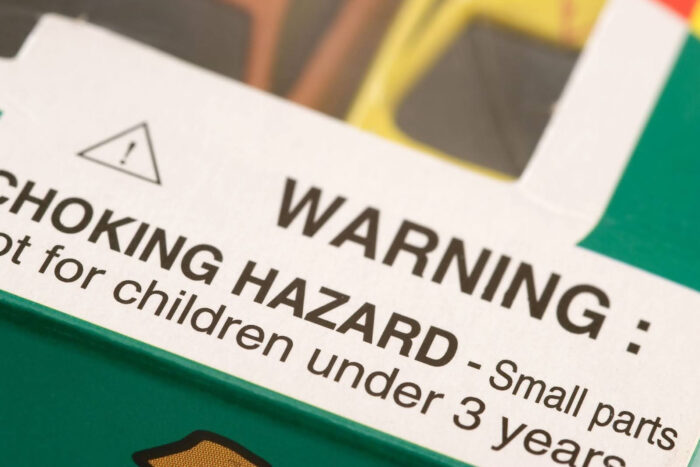
Choking and Asphyxia
Choking is still a significant hazard for children’s toys as kids love to put things in their mouths. Hidden dangers include balloons (including the fragments of popped balloons) and bouncy balls. Many toy related injuries happen because kids are playing with toys that are not designed for their age, so parents should make sure that all toys are age-appropriate for the children playing with them. Parents can ensure a toy does not pose a choking risk by inserting the item into a toilet paper roll. If it can fit inside, it can be choked on.
For babies, ensure a safe sleep environment to minimize the danger of asphyxia (a lack of oxygen). Big, soft plush toys are wonderful, but they should never be in a baby’s sleeping area. Keep loose blankets, pillows, stuffed toys, bumpers, and other soft items out of your baby’s sleep space.
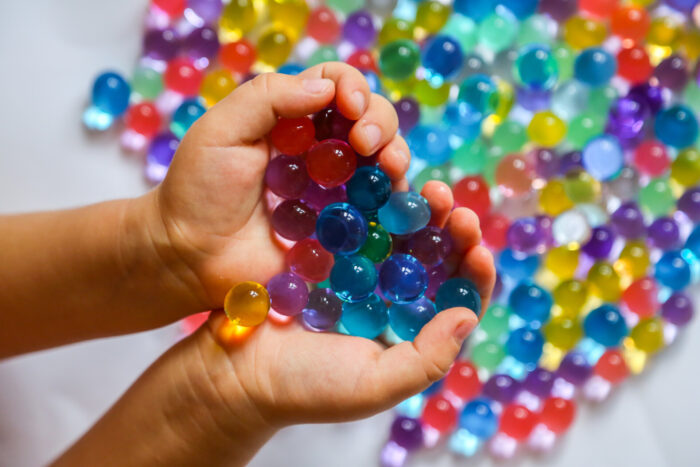
Water Beads
Water beads are a bright sensory toy that starts out as small as a pinhead or sprinkle. When soaked in water, they grow to up to two inches in diameter and have a squishy consistency. If ingested, inhaled, or inserted into noses or ear canals, they expand in body fluid. Once they expand they can cause life-threatening injuries, including blocking the airway or damaging the digestive tract.
According to the CPSC, there were 7,800 children treated in the emergency room because of water beads from 2016-2022. The best option is to never purchase water beads.
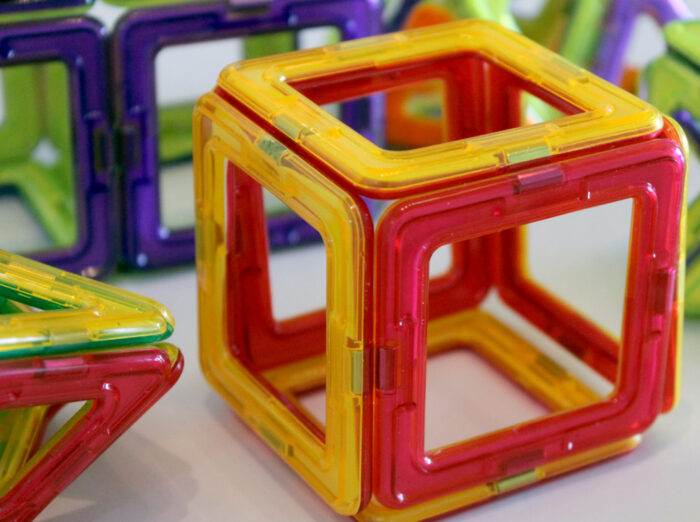
Magnets
Magnets can be found in toys, small household items, and adult desk toys. According to the CPSC, from 2010 to 2021, 26,600 children were treated in the emergency room for magnet related injuries. Children will often confuse small magnets for candy or teens will use them as fake body piercings. If children swallow more than one, when they get to the abdomen, they can attract each other and cause serious damage.
To prevent magnet injuries, keep all magnets out the reach of small children. Don’t buy large packs of magnets, as it can be difficult to keep track of any that may be missing. Although there are now Federal Standards mandating that magnets on children’s toys be too large to swallow or have weaker magnetism, it is better to avoid those toys for younger children. Note that imported toys sold by third party sellers may not meet federal standards.
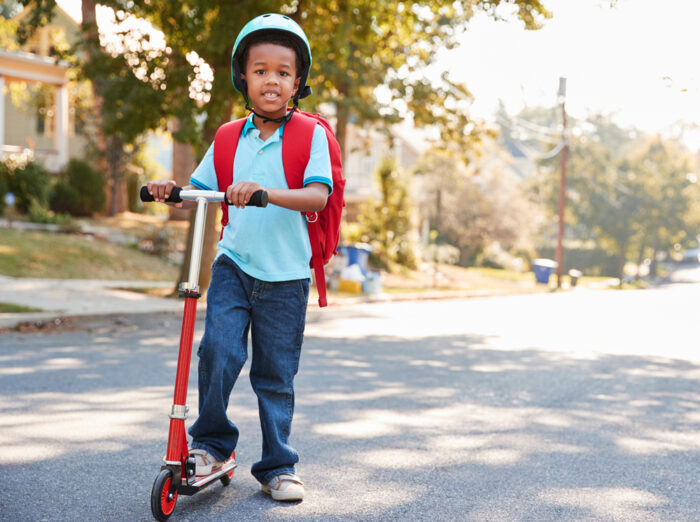
Riding Toys
Falls from riding toys such as non-motorized scooters are the most common source of toy related injury. Most parents know that children need to wear a helmet when riding a bicycle. But did you know that in Connecticut, all children under the age of 16 must wear a properly fitted helmet when riding a bike, skateboarding, and wearing roller skates or blades? This is due to Connor’s Law, which passed in 2018 in honor of a child who passed away after a skateboarding fall.
Parents should extend helmet use to all moving toys including scooters and hoverboards. No one sets out to fall, but a helmet may mean a fall does not turn into a life threatening injury.
Button Battery Tips
Button batteries are usually around the size of a nickel and are found in toys and other household items. When swallowed, they trigger a chemical reaction that creates a chemical burn in the esophagus in as little as two hours.
Do not wait!
If you suspect your child might have swallowed a button battery, immediately go to the emergency room.
Do not let your child eat or drink anything.
Do not make your child throw up because the battery may cause more harm on the way out.
Tell the nurses and doctors in the ER that you believe your child swallowed a button battery.
An X-ray can show if the battery is in your child’s body.
Fasten and dispose of button batteries properly!
Make sure to secure all button battery compartments and dispose of button batteries that are not being used.
Connected “Smart” Toys
In the era of smart devices, it’s not surprising that popular children’s toys have similar capabilities. Connected toys may not appear dangerous, but they can still be harmful. All smart toys may pose a risk to children, depending on the specific toy, the age of the child, the child’s technical skills and their capacity to understand what’s okay.

Connected toys can collect and store personal data, including audio recordings and user preferences. Collecting this type of data can make your or your child’s information more vulnerable to hacking or unauthorized access.
Additionally, some connected toys can access internet content, which can expose children to inappropriate or harmful material without proper filtering and parental controls. Parents may want to weigh any possible educational benefits of devices with internet access against the risk of children unknowingly accessing inappropriate photos or websites.
The big questions parents should ask when considering a connected toy:
Does the toy allow my child to connect to the internet, send emails, or connect to social media?
Does it have a microphone or camera? If so, when will it record, and how will you know it is recording?
Parents should read the specific toy’s privacy policy
which can help them decide whether the toy is appropriate to buy, what controls can be put in place, or if the toy should be returned.
Online Shopping Tips
When buying online make sure to watch out for recalled and counterfeit toys:
Toys are recalled when they’re dangerous because they have defects or cause injuries including choking, strangulation, are toxic, or are flammable, among other things. Once the Consumer Product Safety Commission (CPSC) recalls a toy, it is illegal to sell it. Unfortunately, sometimes they can still be found online.
Review the CPSCs website for a list of recalls
Sign up for product recall notifications
Parents should also be aware of counterfeit toys which can be purchased online. These toys pose a danger because they often do not meet U.S. standards, may not be correctly age labeled, and can be made of poor quality materials that are not safe for children.
There are a few things you can do to protect your child from counterfeit toys:
Check for the brand name or logo on the packaging.
Look out for phrases like ‘compatible with (brand name)’ – this makes use of a well-known brand name but means it’s not made by that brand.
Understand it may be fake.
If it is much cheaper than you might expect (without reason), it may be fake. Counterfeits are designed to look like what it is copying, but made from lesser materials.
If the website listing is full of mistakes and low quality images, it can be an indication of a counterfeit toy.
When reading a toy’s product description, look for misspellings or mislabeling.
Only buy toys from trusted sellers.
You can always check the Better Business Bureau or check online reviews to find out if a company is reputable.
